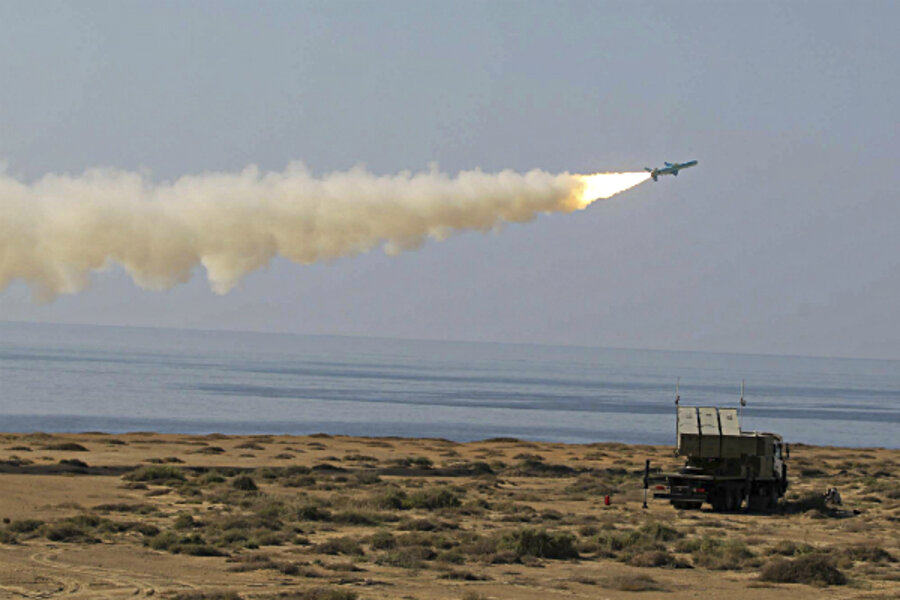Is Iran trying to develop a missile that could reach America?
Is Iran trying to develop a missile that could reach the "Great Satan"?
The missile under construction at an Iranian research-and-development facility, which was damaged by a mysterious explosion in November, was a long-range missile prototype with a range of 6,000 miles – enough to hit the United States, a senior Israeli official said Thursday in a speech to a defense and security forum.
At the time of the Nov. 12 explosion at a facility some 30 miles outside Tehran, Iranian officials insisted that the suspicious blast was an accident. It occurred, they said, during experimentation on a medium-range missile – one capable of reaching Israel.
But on Thursday, Moshe Yaalon, Israel’s vice prime minister and minister of strategic affairs, said in a speech outside Tel Aviv that the missile under development actually had a range closer to 6,000 miles.
“That’s the Great Satan,” Mr. Yaalon said, using the well-known pejorative term that Iranian officials have used for the US. “It was aimed at America, not at us.”
If true, Yaalon’s claim would put Iran’s missile development program into a new league. Until now, most arms analysts have estimated that the range of Iranian missiles is limited to about 1,500 miles – enough, to be sure, to reach Israel and parts of Europe. But analysts have speculated very little on research into or development of a longer-range missile.
One Washington weapons research organization, the Institute for Science and International Security, did conclude in a late November report on the Iranian facility explosion that the blast occurred just as Iran had achieved “a major milestone in the development of a new missile.”
The institute said its investigation revealed that the explosion took place during a tricky and volatile procedure involving a missile engine. Postexplosion speculation had centered on sabotage that might have been part of what many experts assume is a covert war against Iran’s nuclear and weapons programs, being carried out by Israel, the US, and perhaps other Western countries.
But the claim issued by Yaalon, who just last week was in Washington to confer with US officials on Iran’s nuclear program, may also have been aimed at convincing the US that Iran poses a dangerous and growing threat – not just to Israel and the Middle East region, but also to countries farther afield.
Yaalon said in his speech that the West does not yet realize how much of a threat is posed by Iran, which he called “a nightmare for the free world.” In reality, he said, Israel in the Iranian regime’s eyes is only the “little Satan,” while America, as leader of the West, is “the larger Satan.”





